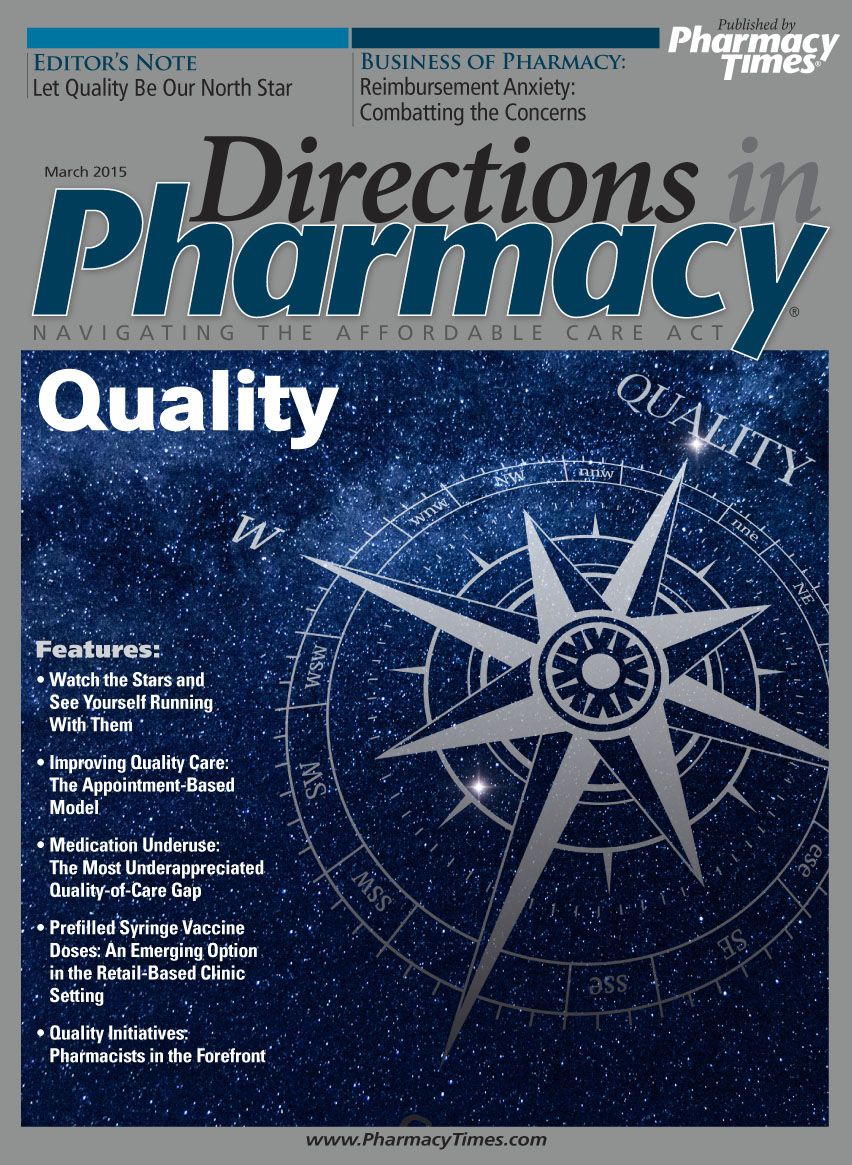Publication
Article
Pharmacy Practice in Focus: Oncology
Walgreens Severs Ties with ACOs
In a year marked by major changes for the company, Walgreens ends 2 of Its 3 ACO contracts.
In a year marked by major changes for the company, Walgreens ends 2 of Its 3 ACO contracts.
Walgreens announced in late December 2014 that it had mutually agreed to cut ties with 2 Medicare Shared Savings Program (SSP) accountable care organizations (ACOs). Walgreens was the first retail pharmacy to form ACO relationships.
Walgreens launched 3 ACOs in 2013, but has now left the New Jersey-based Advocare Walgreens Well Network and the Scott & White Healthcare Walgreens Well Network in Texas. The Advocare ACO, which was responsible for more than 13,400 Medicare patients in 2013, exceeded its spending benchmark by $6 million. Meanwhile, the Scott & White ACO network, which included more than 34,000 Medicare patients, kept health care costs about even in its first year. Neither ACO was eligible for shared savings payments from the Centers for Medicare & Medicaid Services (CMS).1
According to CMS’s first-year SSP figures, 58 ACOs held spending below their benchmarks, which resulted in earned shared savings payments of more than $315 million total. Sixty other ACOs held down spending, but “not by a sufficient amount to earn shared savings.”2
Did these ACO alliances get the “Boot?” The Walgreens Boots Alliance (WBA), formed in December 2014 through a merger of Walgreens and European pharmacy chain Alliance Boots to create the largest pharmacy chain in the world, may have forced the new company to reassess the ACO marketplace. WBA has publicly stated it is seeking to cut $1 billion in costs, and in January 2015, the new company announced the divestiture of its home infusion business with plans to focus on its retail and beauty business. For years, Walgreens has been expanding health care access by opening nearly 400 Walgreens Health Clinics. Will WBA continue to invest and expand this model to ensure it remains at the corner of “happy and healthy?”
Walgreens pharmacies are enticing to ACOs and others responsible for coordinating care for large populations of patients. Outgoing Walgreens president and chief executive officer Greg Wasson stated in a press release, “With nearly 70% of the US population either without a primary care physician or not utilizing one, and more than 30 million people gaining insurance coverage in 2014 under health care reform, we [Walgreens] are well positioned to fill the void in care.” The decision of Walgreens to end 2 of their ACO contracts suggests that it is closely evaluating the viability of these governance models through which Walgreens clinicians became integrated with a hospital clinical services care team.
Integrating these services may have proved more challenging than anticipated, however. Crucial to the success of any community pharmacy/ ACO partnership is the ability to share meaningful information and to identify physicians who value pharmacists as members of the health care team. Reports indicate Walgreens ACOs were operating on different electronic medical record (EMR) systems, yet they were able to share information. The company also cited challenges with physician engagement in addition to poor financial returns on the ACO ventures. Regardless, these first 3 ACO engagements are likely to have provided Walgreens with valuable experience on how to best position the Walgreens health clinics and their pharmacists in emerging models of care.
Community pharmacies capable of providing wraparound medication therapy management and care coordination services can leverage their relationships with patients and providers to ensure they are included in ACO and commercial shared-savings contracts. Walgreens’ experiences hint at 2 of the biggest challenges to community pharmacists looking to enter this space. The first is overcoming the technological barriers to exchanging information, and the second is overcoming the cultural barriers to working with physicians who have historically not viewed pharmacists as an extension of their services. Culture always trumps strategy! Perhaps the third and remaining Walgreens ACO has found the right balance between financial performance, achievement of quality goals, and cultural transformation. We will know more when this contract expires and the company decides whether it will renew the relationship with Diagnostic Clinic Walgreens Well Network, a Tampa Bayarea multispecialty practice.
Expect to see greater emphasis on patient management tools that focus on medication adherence, disease state education, and care coordination beyond discharge medication services coming to a pharmacy near you. As health information technology improves and more health care systems adopt single-source EMR providers, community pharmacists will need to be prepared to receive and provide clinically meaningful data. Simply providing prescription drug event data without focusing on clinical outcomes will open doors for competitors to market value-based pharmacy services that are at the core of shared-savings agreements.
Sean Jeffery, PharmD, CGP, FASCP, FNAP, is a clinical professor at the University of Connecticut and director, clinical pharmacy services at Integrated Care Partners. He earned his bachelor’s degree in pharmacy from the University of Connecticut and his PharmD from The Ohio State University. Dr. Jeffery completed a specialty residency in geriatrics at the Duke Center for the Study of Aging and the Durham VA Medical Center. He was president of the American Society of Consultant Pharmacists from 2012-2013.
References
- Brino A. Walgreens cuts ties with two ACOs. Healthcare Finance News. December 31, 2014. www.healthcarefinancenews.com/news/walgreens-dumps-two-acos-over-costs-poor-benchmarks.
- CMS releases new proposal to improve Accountable Care Organizations [news release]. Baltimore, MD: Centers for Medicare & Medicaid Services, December 1, 2014. www.cms.gov/Newsroom/MediaReleaseDatabase/Press-releases/2014-Press-releases-items/2014-12-01.html.







